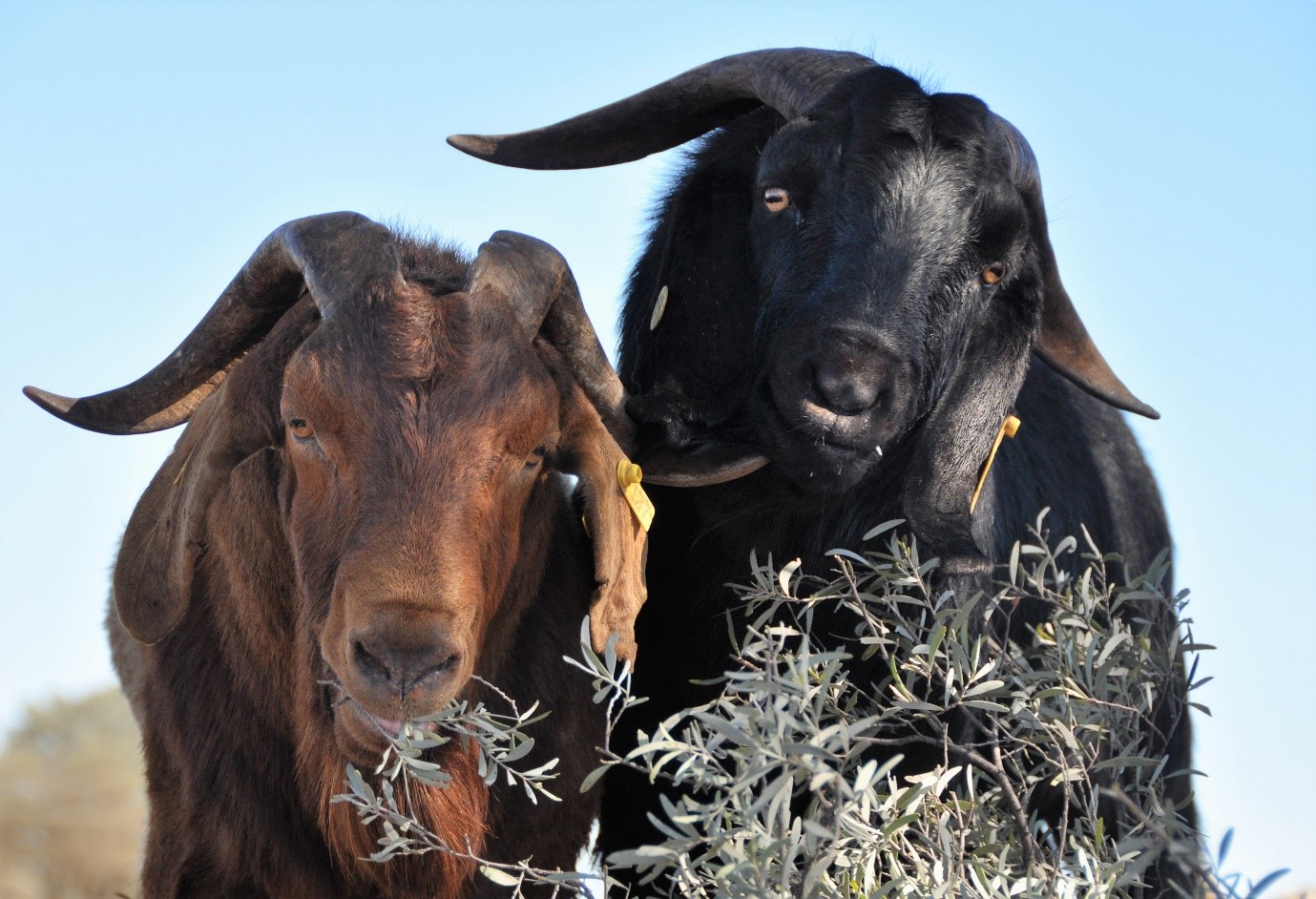
Goat supply: The only way is up
Key points
- Producers are retaining does on-farm in a herd-building phase, buoyed by a positive outlook for the Australian goatmeat industry.
- Australian abattoirs processed 1.06 million goats during the 2020-21 financial year, the lowest total in over a decade.
- Goat supply is projected to increase in 2021-22.
The Australian goatmeat industry is rapidly maturing, with a positive growth trajectory underpinned by robust global demand and favourable prices.
Producers are responding to this positive outlook by retaining does on-farm in a herd-building phase.
This response and a lag in production following drought conditions in most major production regions constrained supply to processors during the 2020-21 financial year.
Australian abattoirs processed 1.06 million goats during the year (DAFF, 2021), 23% less than the previous year and the lowest total in over a decade.
The National Goatmeat Supply Forecasting Committee projected a 4% decrease in 2020-21 supply. The Committee knew producers would retain does on farms for several reasons but underestimated the extent to which producers withheld supply.
Due to competitive prices and gross margins compared with other livestock enterprises, producers are increasingly integrating goats into their enterprise mix, especially in rangeland regions of NSW and Queensland where producers are recovering from drought with low stock numbers. Exclusion fencing in western Queensland has also bolstered goat enterprise development.
During the financial year, processors and depot operators reported an unprecedented male bias in consignments. Improved seasonal conditions in production regions during 2020-21 have also favoured herd expansion.
While supply and export value have been impacted, this herd building phase will benefit the industry and supply into the future. Regional goat abundance estimates, based on aerial surveying in NSW and Queensland, suggest a considerable recovery in total goat numbers since 2019.
Supply projected to increase
The Forecasting Committee has projected a supply increase in 2021-22, and improved processing totals in the first quarter have supported this position.
From 1 July to 30 September, 370,300 goats were slaughtered nationally (DAFF, 2021), which is a 29% increase from the last quarter, and a 76% increase from the same quarter last year.
While it is difficult to quantify, observations suggest a rapid increase in the number of producers managing goats. These businesses are increasingly interested in boosting herd productivity and profitability, with a strong focus on crossbreeding and improving reproduction and growth rates.
This enterprise development will reduce supply volatility and improve security, providing further confidence for market development and expansion.
Shifting to a managed goat enterprise also reduces unmanaged grazing pressure, enhancing producer’s capacity to manage stocking rates, resource condition thresholds (for example, ground cover and perennial grass utilisation rates) and strategic rest.
The NSW Department of Primary Industries (NSW DPI) and Meat & Livestock Australia (MLA) co-fund the Goat Industry Data Collation and Tracking Project that collates this information on supply and processing trends for the industry. The project has considerably improved the industry's access to reliable data and its capacity to forecast population and supply changes.
The National Goatmeat Supply Forecasting Committee, consisting of five representatives from various supply chain sectors, meets annually to estimate future supply and population changes. NSW DPI and other stakeholders provide data and modelling that informs their decisions.



